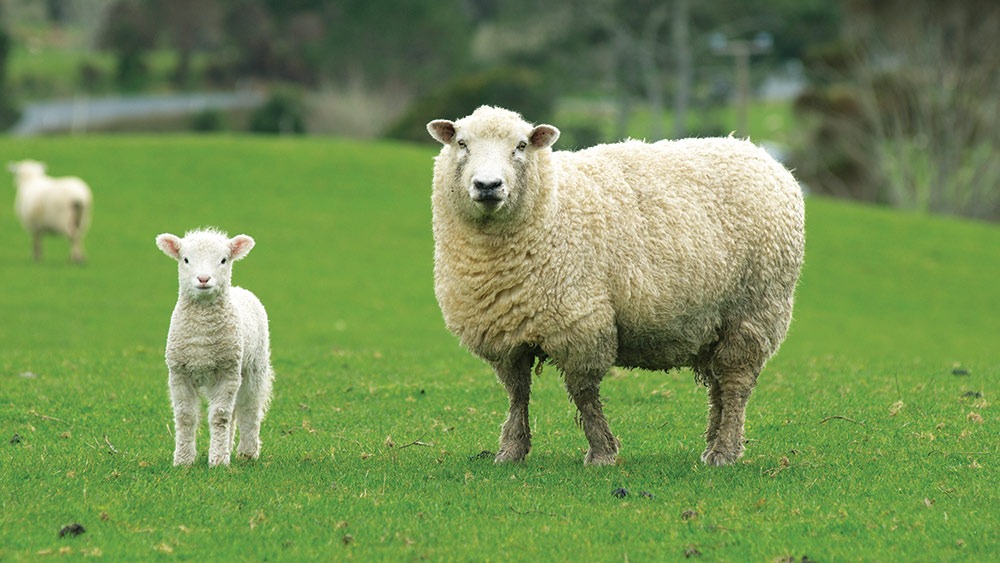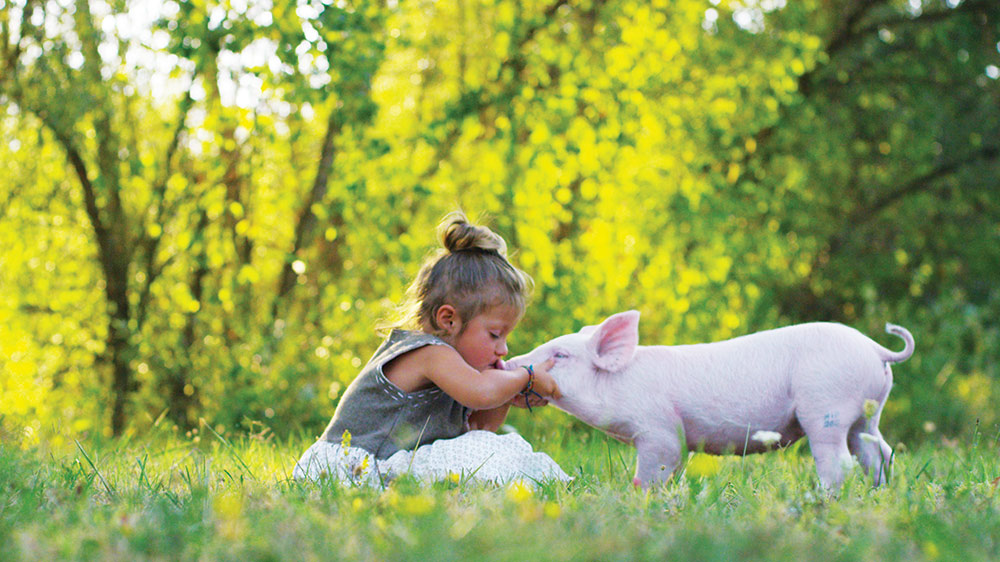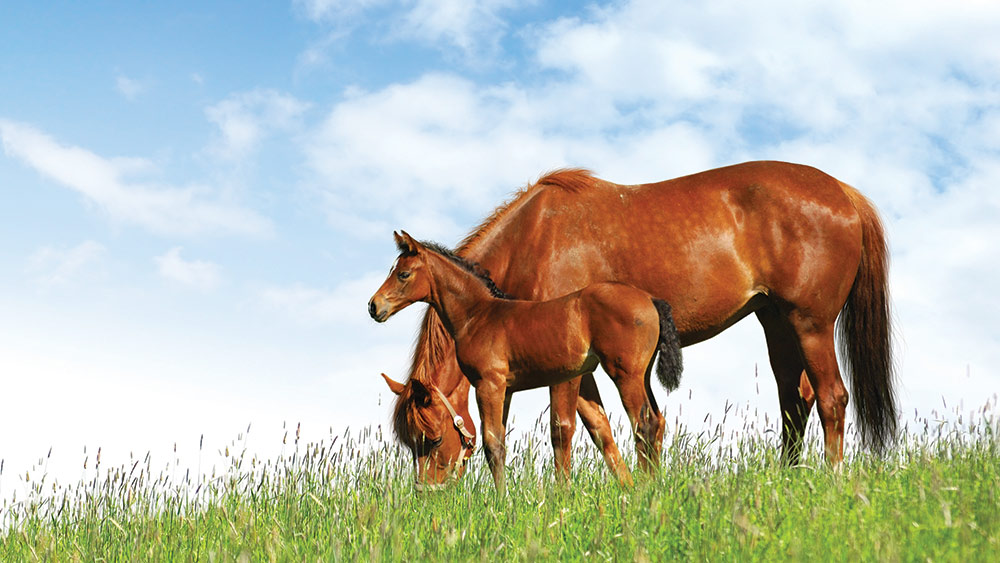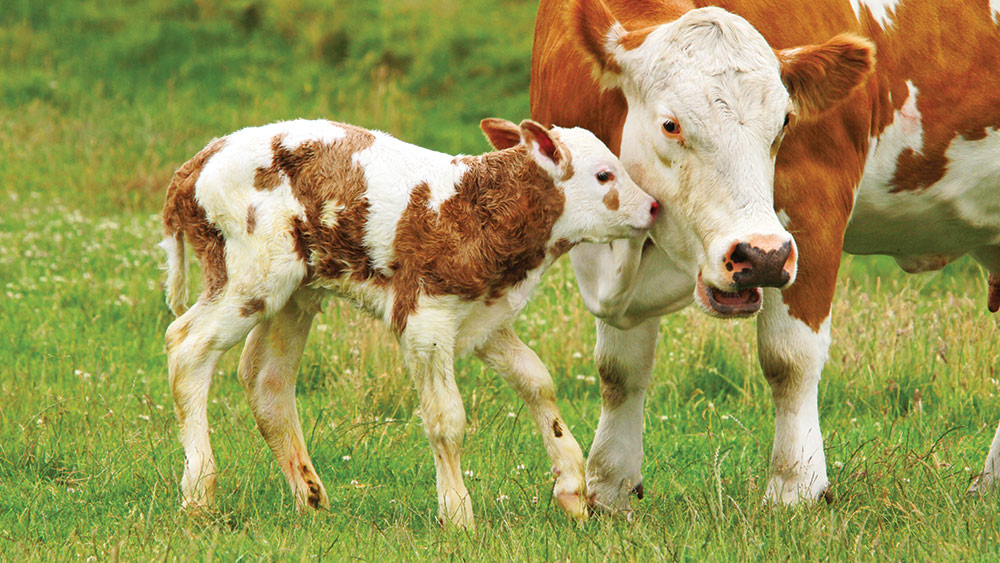HUMANS
Lifestyle trends increase global infertility.
The global use of artificial reproduction technologies is accelerating with 3.9 million “fresh” in vitro fertilisation (IVF) cycles and a market value of USD 17.6 billion predicted by 2026 1.
However, the success rate of IVF remains stubbornly low 2. For example, in the ANZ market, pregnancy rate per cycle is 16.5% with fresh embryos implanted (58% of cycles) and 28% when the embryo was frozen/thawed. For women below 40 years of age, there is an average of 2.2 IVF cycles before achieving a successful pregnancy 2.
For males, sperm count has halved over the last 30 years and in 50% of infertility issues, there is a causative male infertility factor 3.
As there have been few meaningful advances in sperm preparation and selection for ART since the advent of IVF techniques in the 1980’s, the market is receptive to new technologies that improve IVF performance.
1. Global IVF services Market Opportunities and Forecasts, 2019 – 2026 by Allied Market Research, 2018.
2. Newman JE, Paul RC, Chambers GM 2021. Assisted reproductive technology in Australia and New Zealand 2019. Sydney: National Perinatal Epidemiology and Statistics Unit, the University of New South Wales, Sydney.
3. Aitken, RJ. (2022) The Infertility Trap. Cambridge University Press.
People should have kids earlier and the impact of lifestyle on fertility
ANIMALS
Animal reproductive market.
There has been a long history of artificial insemination (AI) in the veterinary industry. Initially. AI is one of the most effective tools available to livestock producers to improve productivity and profitability of their operations1.
In the USA, artificial insemination has been commercially available for more than 65 years and is utilised very effectively with 66% of the nation’s dairy cows bred by AI 2. In Europe, over 90% of pigs are produced by AI3. The thoroughbred horse racing industry requires natural mating and thus precludes the use of AI. However, AI is used in breeding specialty horses for other uses including polo, eventing and harness racing4.
In the AI process, the semen is usually chosen from proven sires and each ejaculate is split into many ‘straws’ which are then frozen and shipped for artificial insemination of the females. AI increases the usefulness of superior sires: e.g., by natural servicing of cows, a bull can be bred to 50 to 60 cows per year; but by artificial insemination, thousands of cows can be sired in one year by a single bull. One ejaculate sample can be processed to produce up to 20 semen straws for multiple services2 .
1. Manafi, M. (2011), Artificial Insemination in Farm Animals. Intech Open Press.
2. John B. Hall, Capturing the Value of Artificial Insemination in Commercial Herds Proceedings, The Range Beef Cow Symposium XXVI November 18, 19 and 20 2019, Mitchell, Nebraska
3. Knox, R.V. 2016 Artificial insemination in pigs today. Theriogenology vol. 8, issue 1
4. JE Aurich, J.E. 2012 Artificial insemination in horses. Journal of Equine Veterinary Science vol 32, issue 8





